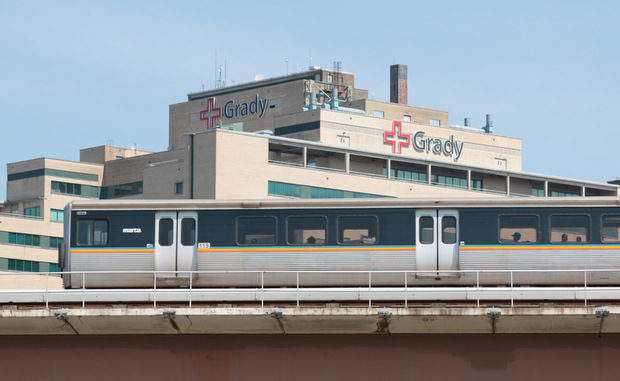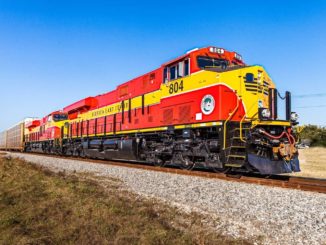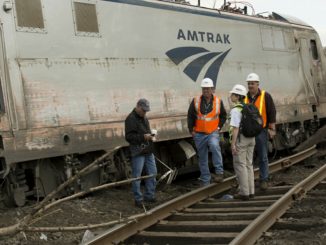U.S. Rep. Duncan Hunter, R-Calif., last month sent a letter to the U.S. Attorney for the Southern District of California, in support of an investigation into the Desert Line railroad and the current lease agreement with Pacific Imperial Railroad (PIR).








